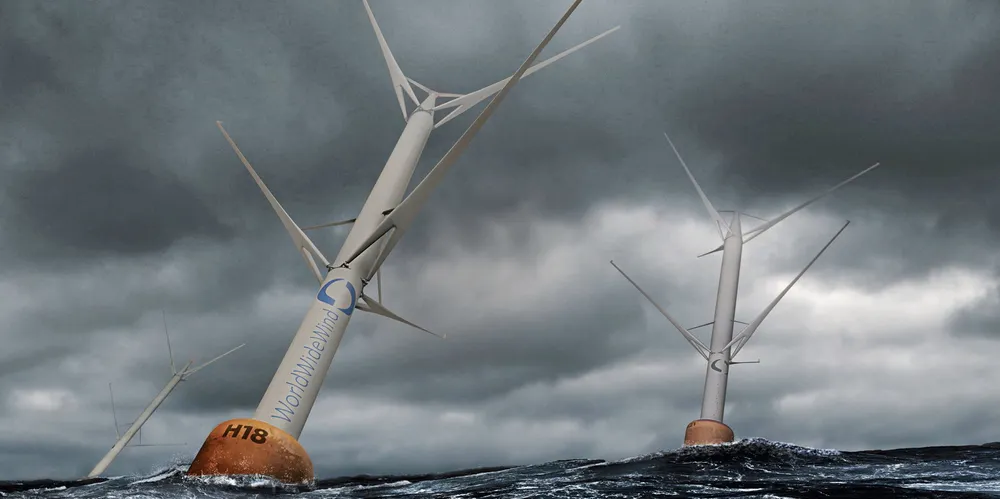Norway's Hydro takes tilt at cost-slashing aluminium for novel floating wind design
Deal with next-generation technology developer World Wide Wind targets first prototype using lightweight metal alloy with eye on reducing deepwater array levellised cost of energy to under $50MWh
